A product has been added to the basket
What’s Keeping Handwritten Postcards Alive in the Digital Age?
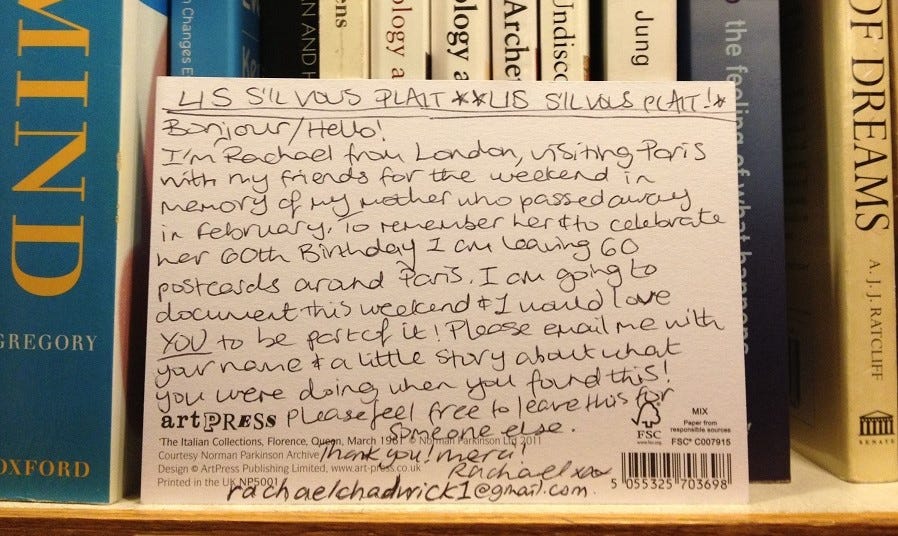
What’s Keeping Handwritten Postcards Alive in the Digital Age?
We’ve all done it – carefully selected postcards from a beachside shop for all our family and friends, then ended up bringing them home in our suitcases, unwritten and unlikely ever again to see the light of day. With so many electronic alternatives now available, perhaps we can be forgiven.
Last week, we read this article by travel writer Ashley Muir Bruin on postcard apps. With some differences in precise functionality, these apps send a custom image and typed message as a physical postcard, cutting out the need for conventional postage. But despite the sheer convenience of digital correspondence, traditional postcards still have a thriving fan base, proving that handwriting still matters.
Having spoken to four experts from around the web, here’s why we think handwritten postcards are surviving in the digital age.
Love of the Craft
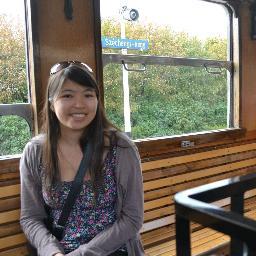 Despite relying on computers for their careers, the two travel bloggers whom we spoke to find that writing postcards offers a unique opportunity for relaxation and reflection. Adelina Wong writes, “I write my postcards over coffee in the mornings or while enjoying a glass of wine in the evening. Sometimes I just like to unplug and go back to pen and paper. There is something so organic about putting words on a piece of paper that you don’t get with a computer screen.”
Despite relying on computers for their careers, the two travel bloggers whom we spoke to find that writing postcards offers a unique opportunity for relaxation and reflection. Adelina Wong writes, “I write my postcards over coffee in the mornings or while enjoying a glass of wine in the evening. Sometimes I just like to unplug and go back to pen and paper. There is something so organic about putting words on a piece of paper that you don’t get with a computer screen.”
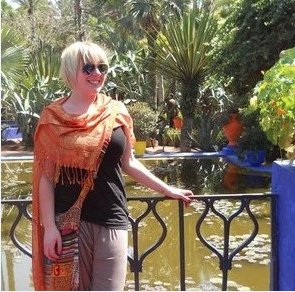 And for Emily Luxton, “there are long bus and train journeys, times when the hostel Wi-Fi goes down preventing me from doing any work, times when I simply want to take a break and go to the beach or to a park. Those are the perfect moments for me to write postcards.”
And for Emily Luxton, “there are long bus and train journeys, times when the hostel Wi-Fi goes down preventing me from doing any work, times when I simply want to take a break and go to the beach or to a park. Those are the perfect moments for me to write postcards.”
The Personal Touch
If you wanted to compare postcard apps with the real thing, there’d hardly be a better testing ground than the Postcrossing Project. Postcrossing, in a nutshell, is an international community of people who sign up simply to send and receive postcards. The numbers speak for themselves – almost 25m postcards have now been exchanged by nearly 500,000 members worldwide.
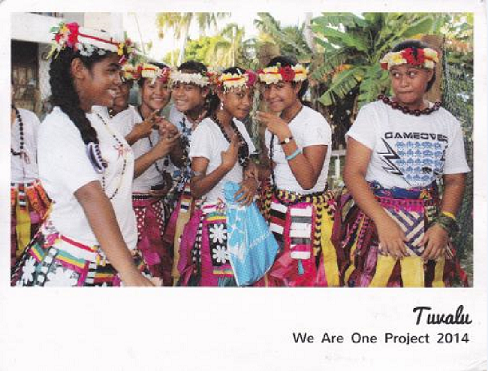 One of the postcards sent via Postcrossing by We Are One, a campaign by primary school children on Tuvalu to raise awareness of the threat posed to their island nation by rising sea levels.
One of the postcards sent via Postcrossing by We Are One, a campaign by primary school children on Tuvalu to raise awareness of the threat posed to their island nation by rising sea levels.
Community manager Ana Campos writes, “We actually tried integrating one of these apps into the site at one point, but many members specifically request that people don’t use them. Postcrossers are more into the small human details like stamps, calligraphy, ink and wear and tear.”
Adelina Wong agrees. “I’ve received a few postcards from postcard apps. It’s cool to receive an image that your friend took, but I do miss deciphering my friend’s handwriting on the back of the cards!
The Thought that Counts
According to Ana Campos, “Every card is testimony to someone's effort and dedication to the recipient, and the time taken to find a postcard, buy stamps, write a message, go to the postbox and mail it. Sending a postcard might not be as easy or cheap as sending an email, but that's precisely why it’s special.”
For Rachael Chadwick, this was a crucial element in the success of 60 Postcards. This touching and inspirational blog began as a tribute to her mum, whom she lost suddenly to cancer in February 2012. December that year, on what would have been her mum’s 60th birthday, Rachael set off to Paris with a stack of handwritten postcards. Each bore a message, explaining the project and inviting the reader to write back with a story about what they were doing when they found the card.
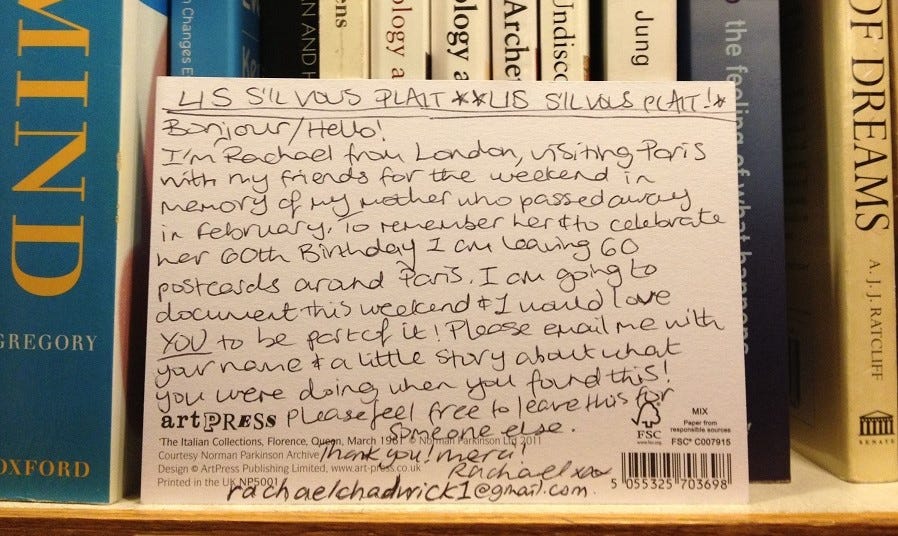
She spent the next few days hiding them in bookshops, cafes, telephone boxes and other public places. The first response came within days, and the project became so popular with the online community that it’s now been turned into a book by publishers Simon & Schuster.
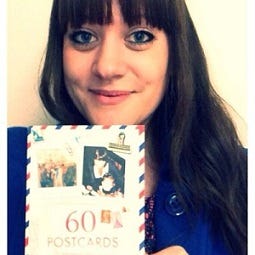 But surely it would have been easier to have the postcards printed, rather than writing them by hand?
But surely it would have been easier to have the postcards printed, rather than writing them by hand?
“It just wouldn’t have generated the same response. For this particular quest I thought that it was vital to use the authenticity of a handwritten note. It feels far more personal. This was a message that was close to my heart, and I knew that if I’d found one of the cards, I would feel more drawn to something written by hand.”
Good Things in Small Packages
What Pen Heaven hadn’t anticipated was the extent to which people value the space limitation set by a writing area only a few inches across. Rachael Chadwick “wanted the message to be clear and concise and the size of the postcard was perfect.”
Similarly for Adelina Wong, the available space helps to engender an air of mystery. “You’re able to offer glimpses into the adventure, but not give it all away.”
For Emily Luxton, the postcard brings a sense of control to her own writing. “Writing a postcard means actually sitting down and thinking about what to say - not just typing the first thing that comes into your head - so that what comes out is a more detailed, special message.”
“A Mailbox of Surprises”
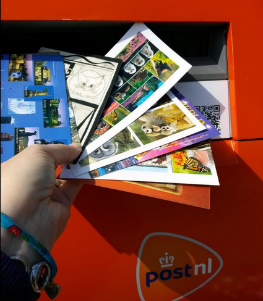 All our experts agreed that there was a unique joy in finding a postcard in amongst the usual stack of bills and junk mail that comes through the door. Adelina speaks of, “the thrill of actually receiving something in your mailbox”, whilst Emily Luxton says, “I know my family, especially my nieces and nephews, find it much more exciting than seeing just another ordinary text.”
All our experts agreed that there was a unique joy in finding a postcard in amongst the usual stack of bills and junk mail that comes through the door. Adelina speaks of, “the thrill of actually receiving something in your mailbox”, whilst Emily Luxton says, “I know my family, especially my nieces and nephews, find it much more exciting than seeing just another ordinary text.”
For both Postcrossing and 60 Postcards, each in their own ways, this surprise factor seems to have contributed to their success. “With Postcrossing, you cannot choose where your next postcard is going to, and you don't know where the postcards sent to you will be coming from - effectively turning your mailbox into a little box of surprises.” But there’s something rather poignant about how 60 Postcards has taken this surprise element a step further. “I was reversing the usual protocol,” writes Rachel, “leaving postcards in popular holiday destinations for tourists and locals to find.”
A Tradition Endures
We couldn’t help but notice that Rachael made the decision to have her readers respond by email – “I wanted to use the modern format to give the postcard finder an opportunity to get in touch as quickly as possible no matter where they were from” - and writing as an online retailer, there’s a telling irony echoing from the clacking of Pen Heaven’s keyboard as we muse on whether the digital age threatens the handwritten written word. But rather than postcard apps posing a threat, perhaps the very availability of alternatives to the old ways only makes us more aware of their true significance. Ana Campos quotes Australian journalist Lee Tulloch: “"Effort is meaningful in the era of the "send" button." We think so too.”
Our contributors
Emily Luxton was awarded the Travel Blog of the Year prize by Wanderlust Magazine. Her site, emilyluxton.co.uk, blends her own narrative travel stories with reviews and how-to guides, as well as the popular weekly interview feature Postcard From.
Adelina Wong loves telling stories, and finds that travel offers the perfect outlet for her creativity. Her work can be found in a number of travel guides and also on her own blog, packmeto.com.
Ana Campos works as community manager for Postcrossing. This project was established in 2005 by Paulo Magalhães so that people could send and receive postcards from across the globe. Visit postcrossing.com to learn more and take part.
Rachel Chadwick’s 60postcards.com has grown into a popular online journal, regularly updated with interesting and thought-provoking articles on a range of subjects. Check out her book here to read about the touching tribute to her mum with which it all began.





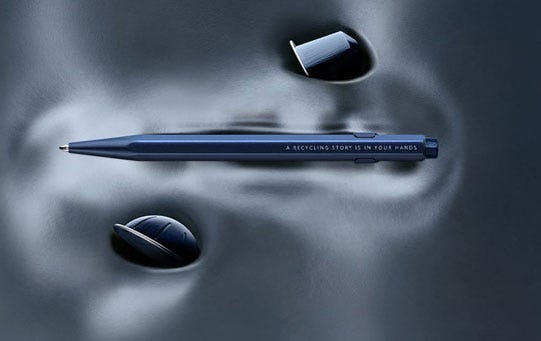
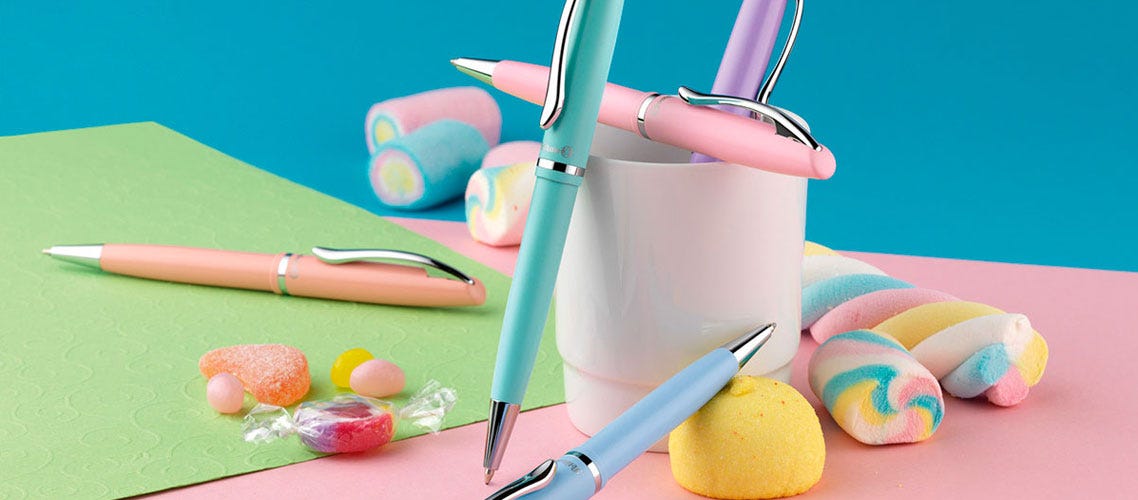
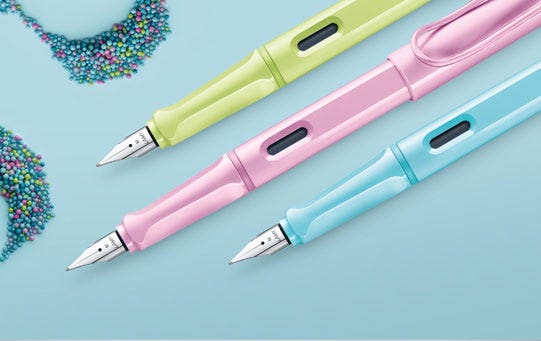
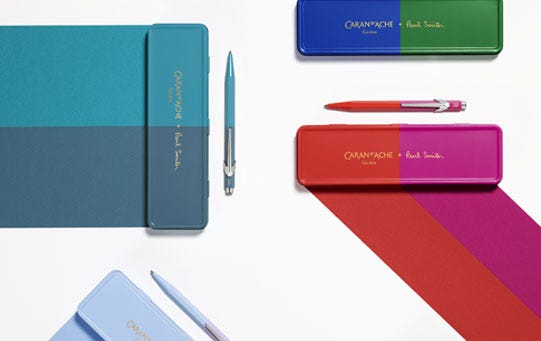
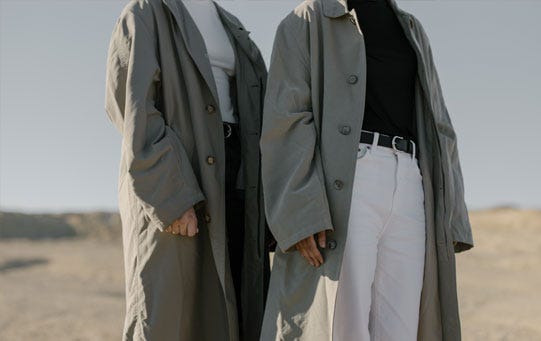
Comments